IN PICTURES
The angry planet – August 2022
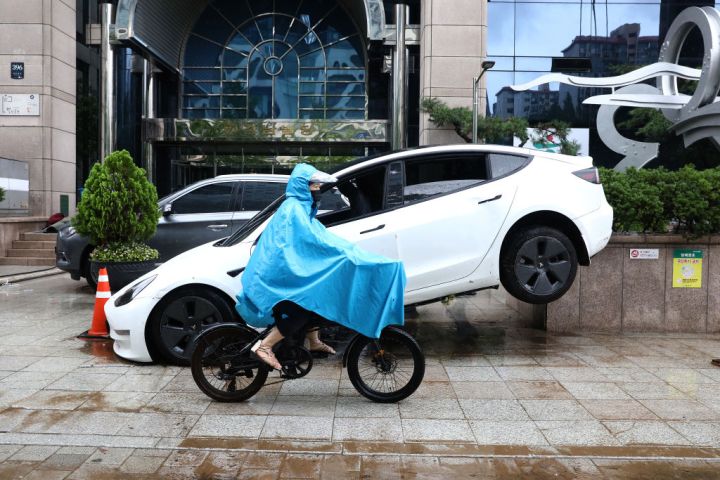
Here is an incomplete, yet moving and heartbreaking gallery of images of how the climate crisis affected our world this month.
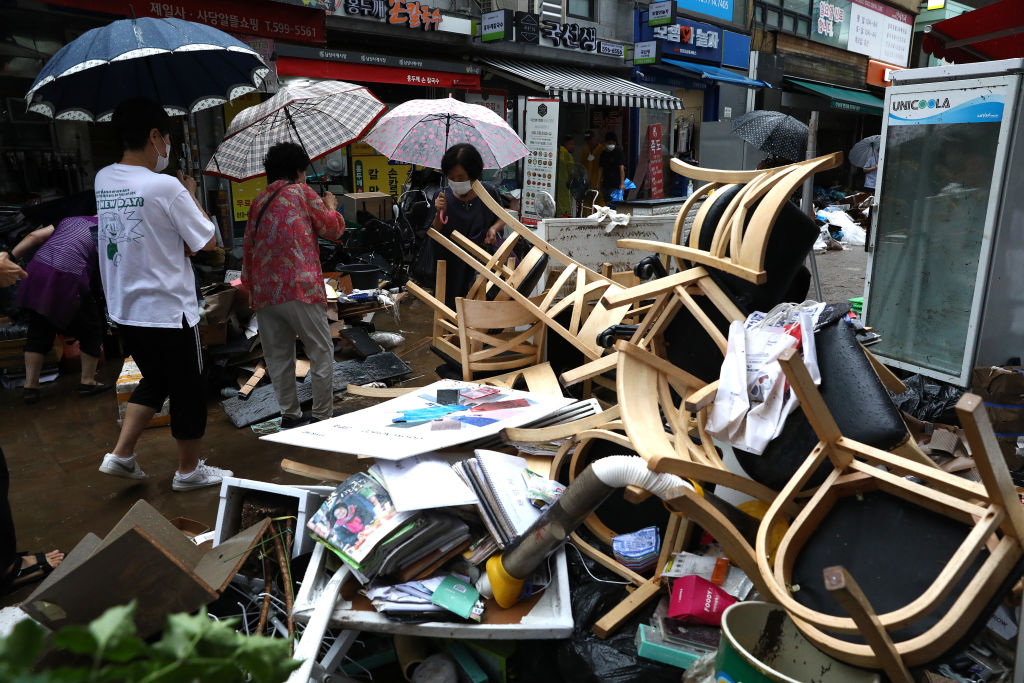
People clean up debris at a traditional market damaged by a flood after torrential rain on August 09, 2022 in Seoul, South Korea. (Photo by Chung Sung-Jun/Getty Images)
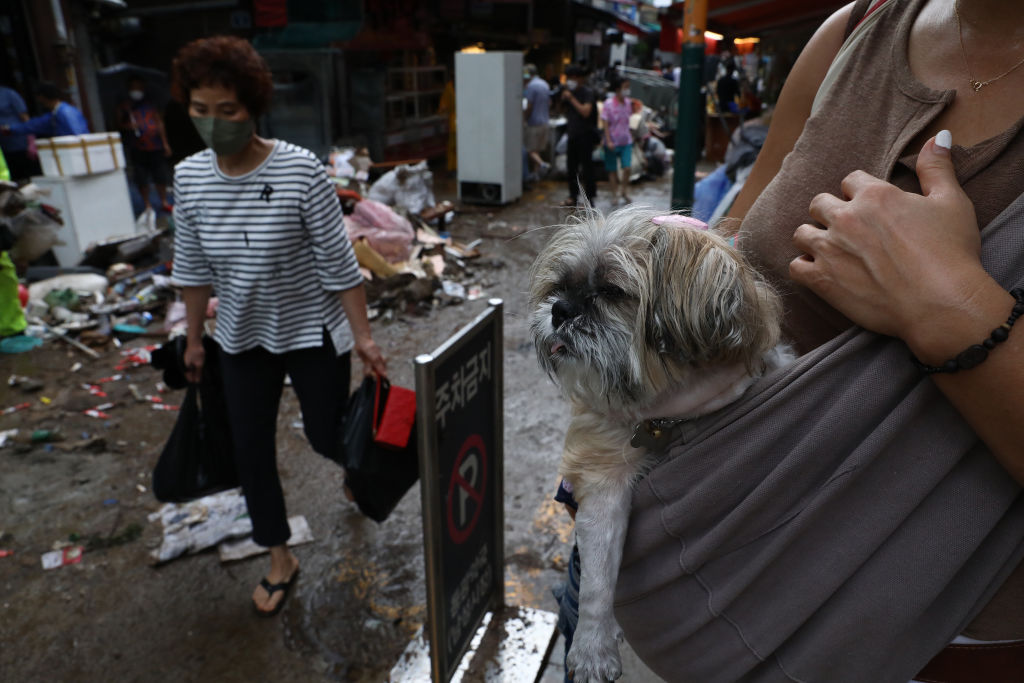
People clean up debris at a traditional market damaged by a flood after torrential rain on August 09, 2022 in Seoul, South Korea. (Photo by Chung Sung-Jun/Getty Images)

People shade themselves from the sun as they walk past the Oculus Center on August 09, 2022 in New York City. (Photo by Michael M. Santiago/Getty Images)

People try to stay cool at the beach at Coney Island in Brooklyn on August 08, 2022 in New York City. (Photo by Spencer Platt/Getty Images
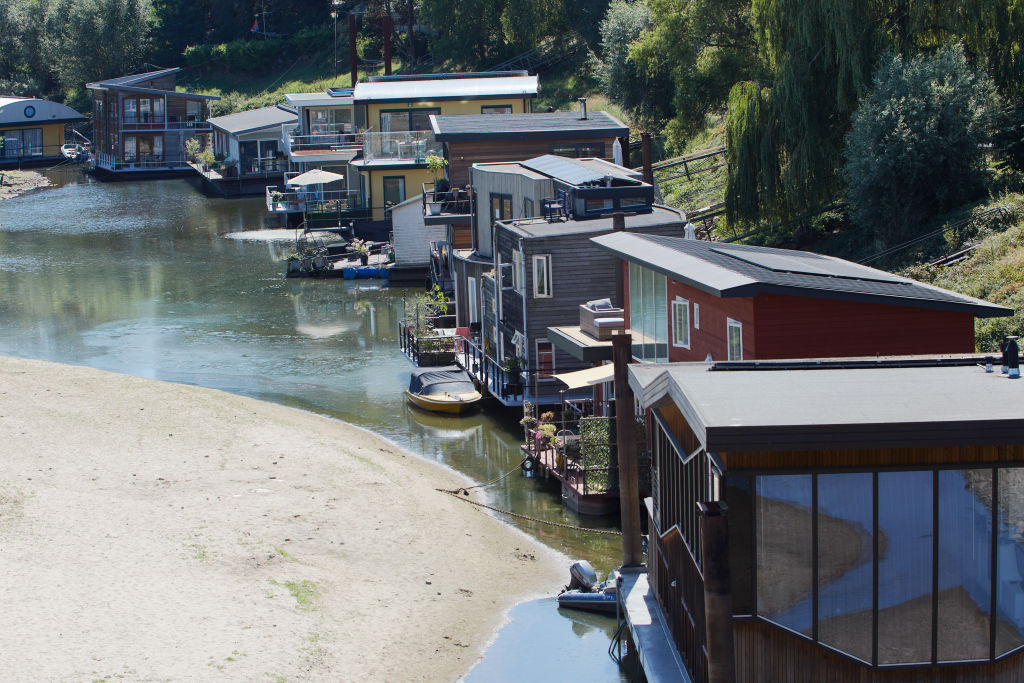
Boat houses are seen on the banks of the Waal River on August 10, 2022 in Nijmegen, Netherlands. The ongoing drought and the recurring heat waves have cut operation capacities by half along the lower Rhine from Rotterdam to Germany, an important coal transport route destined for steelmakers and power producers. (Photo by Pierre Crom/Getty Images)
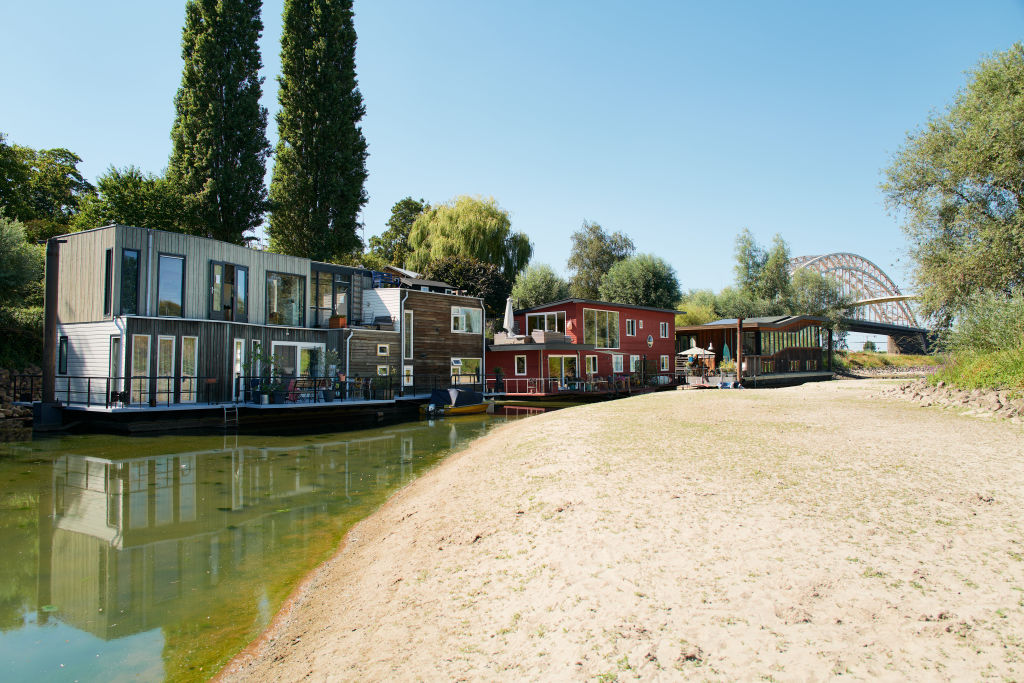
Boat houses are seen on the banks of the Waal river on August 10, 2022 in Nijmegen, Netherlands. (Photo by Pierre Crom/Getty Images)
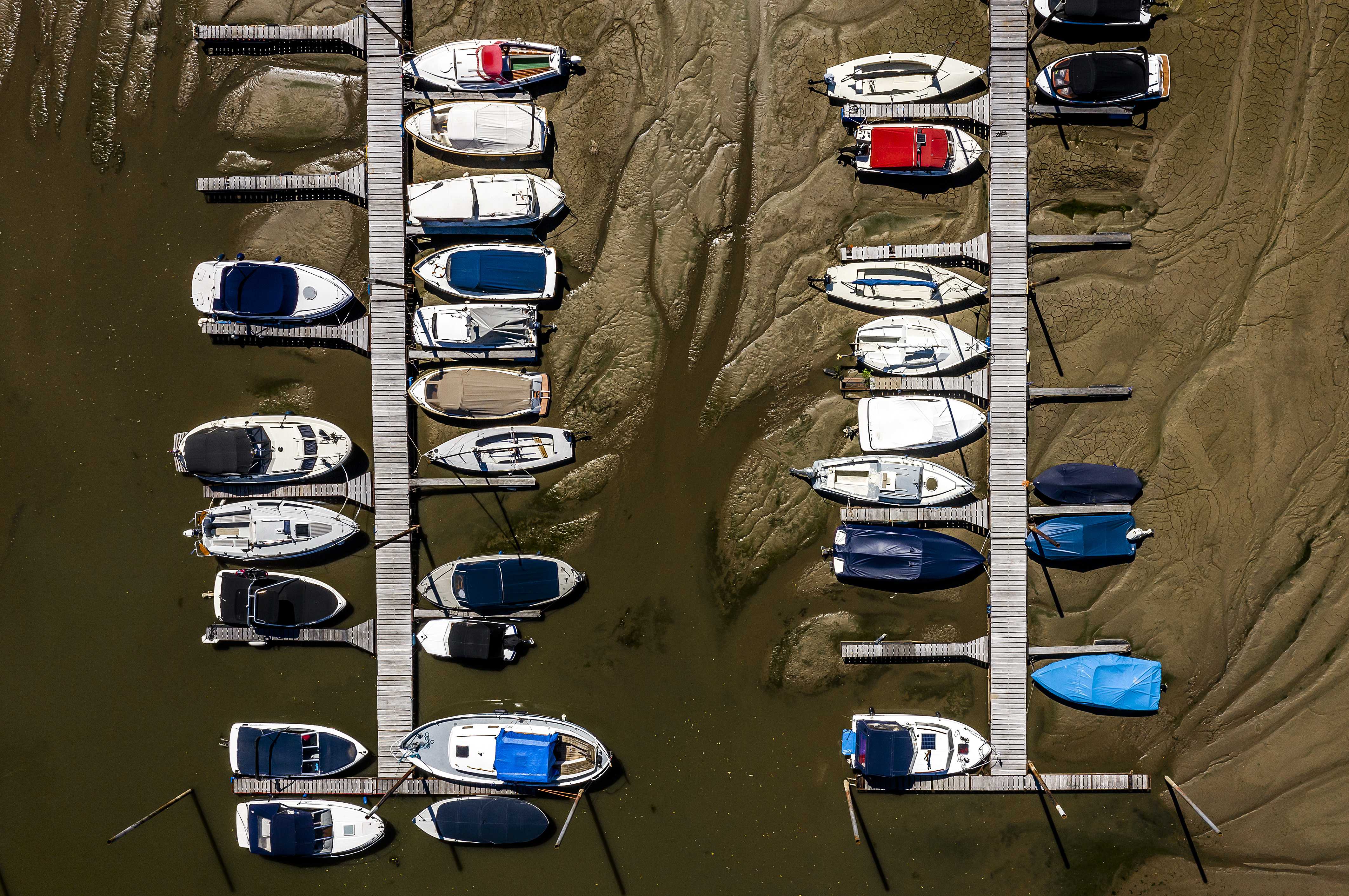
An image taken with a drone shows boats lying in the mud in the marina of Beusichem, Netherlands, 10 August 2022. EPA-EFE/Remko de Waal
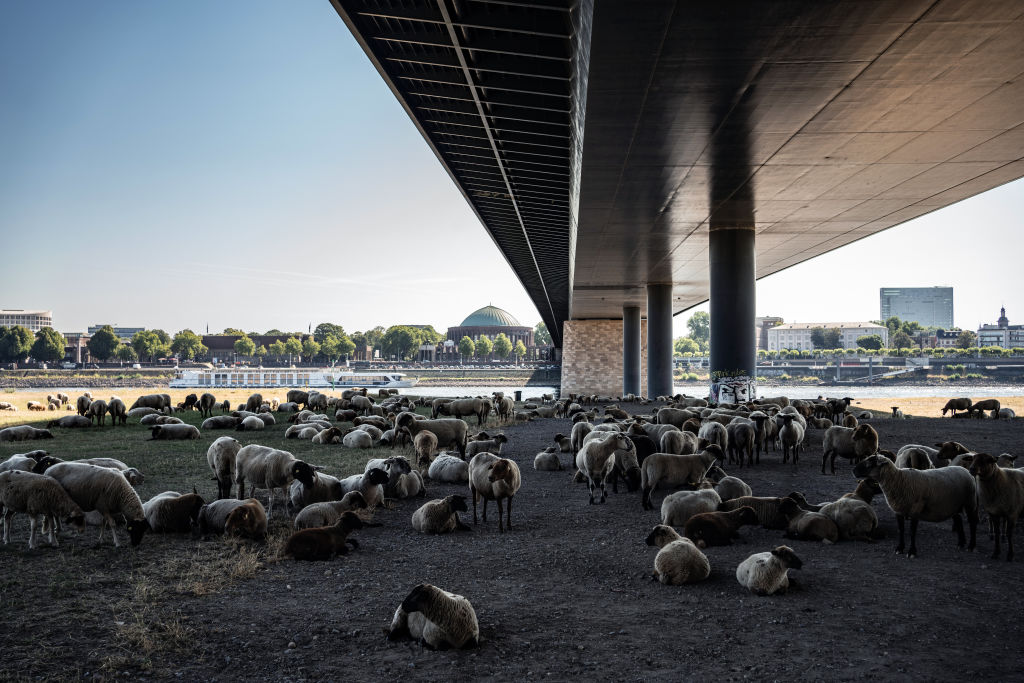
Sheep use the shade of a bridge to shelter from the sun during drought conditions on the banks of the River Rhine, in Duesseldorf, Germany, on Thursday, Aug. 11, 2022. The River Rhine is set to drop well below a critical depth over the weekend, signaling further turmoil for shipments of energy supplies on one of Europe’s most vital waterways. Photographer: Ben Kilb/Bloomberg via Getty Images
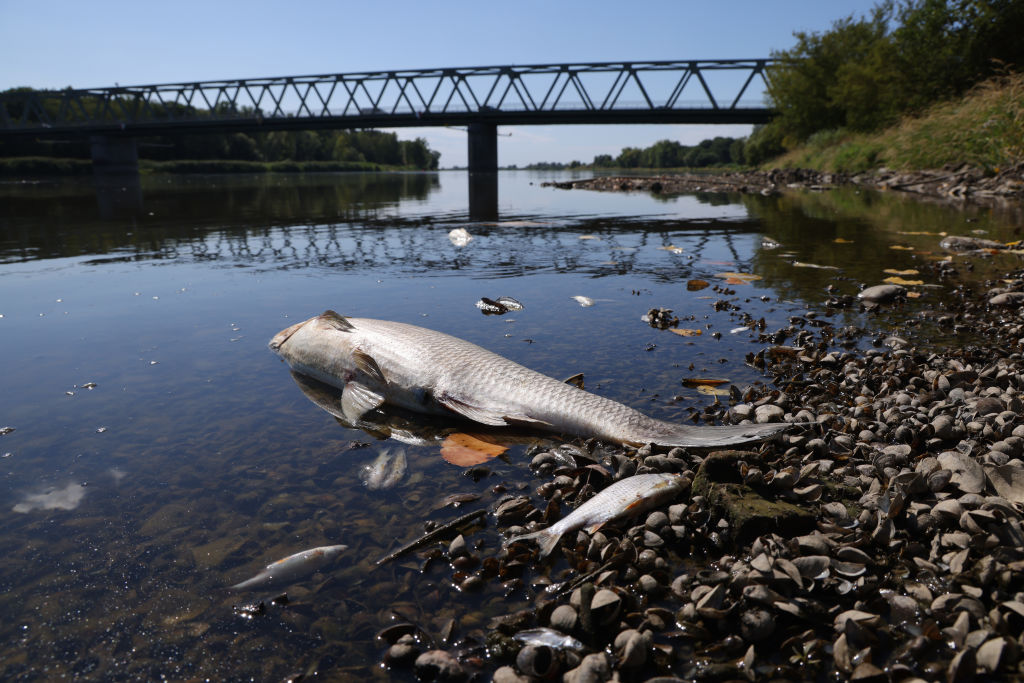
Fish lie dead on the western bank of the Oder River on August 12, 2022 at Hohenwutzen, Germany. Tens of thousands of fish have turned up dead in recent days along the Oder River that forms the border between Germany and Poland. German authorities say they have detected high levels of mercury in the river and suspect a possible industrial accident up stream in Poland as the cause. Meanwhile people are urged not to bathe in nor to let animals drink from the Oder. (Photo by Sean Gallup/Getty Images)
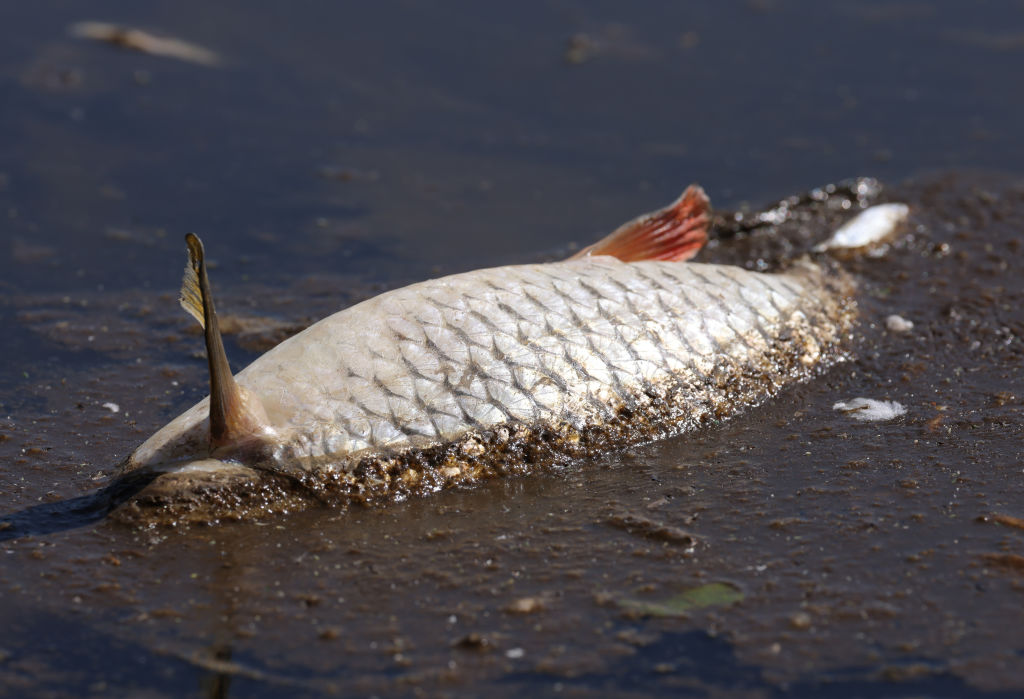
A fish lies dead on the western bank of the Oder River on August 12, 2022 at Hohenwutzen, Germany. (Photo by Sean Gallup/Getty Images)

A view of the Roman camp Aquis Querquennis, located on the banks of the Limia river in the As Conchas reservoir, in Ourense, Spain, 10 August 2022. The camp is usually underwater but now it is seen due to the low lever of As Conchas reservoir. EPA-EFE/Brais Lorenzo

Weir Wood reservoir, which is currently 60% full, on August 10, 2022 in Crawley, United Kingdom. (Photo by Dan Kitwood/Getty Images)

A grey heron stands beside a drying up stream into Weir Wood reservoir, which is currently 60% full, on August 10, 2022 in Crawley, United Kingdom. (Photo by Dan Kitwood/Dan Kitwood)
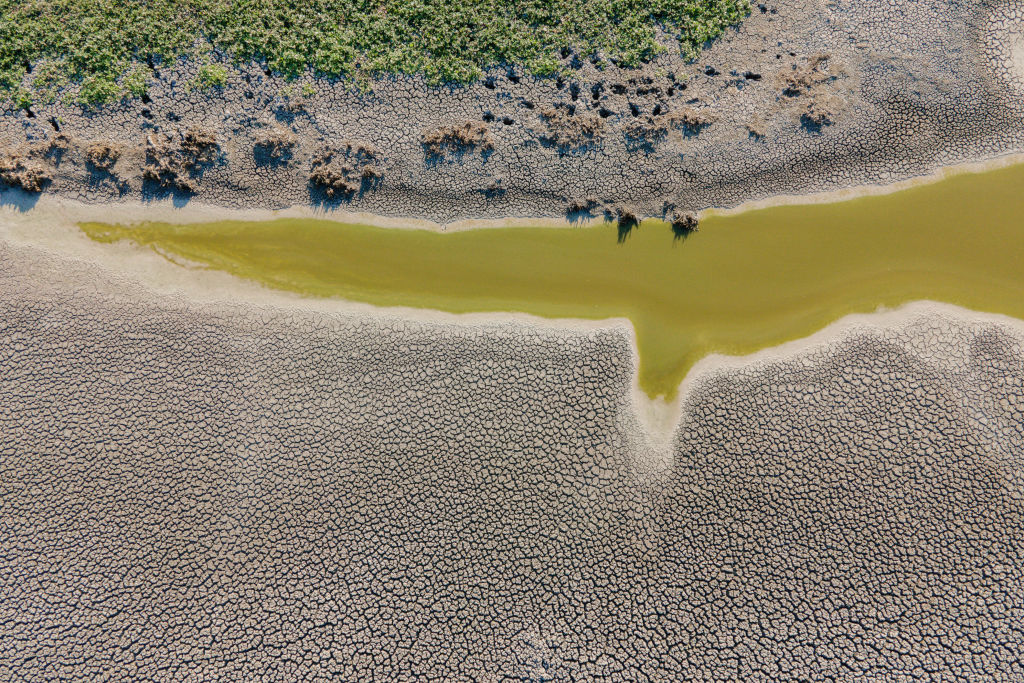
Cracked earth surrounds a lake with low water level due to drought on a buffalo reserve in Mrahalom, Hungary, on Wednesday, Aug. 3, 2022. Photographer: Akos Stiller/Bloomberg via Getty Images
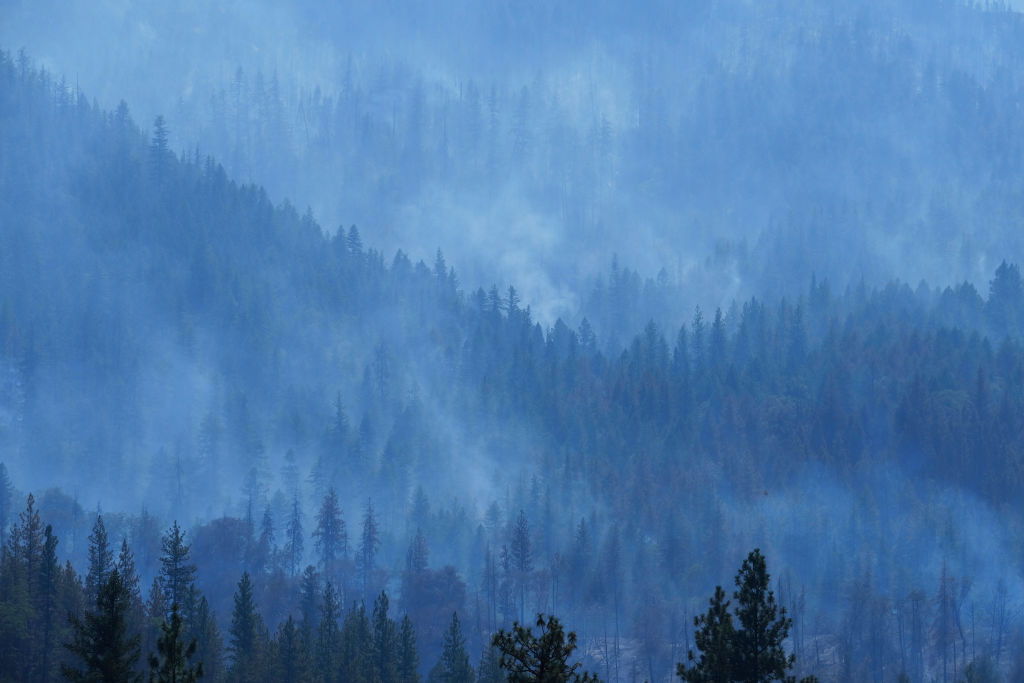
Smoke rises from the Klamath National Forest during the McKinney Fire near Yreka, California, US, on Sunday, Aug. 7, 2022. California’s McKinney Fire has destroyed nearly 90 houses and is only 40% contained a week after breaking out in the Klamath National Forest, reported CNN. Photographer: Jen Osborne/Bloomberg via Getty Images
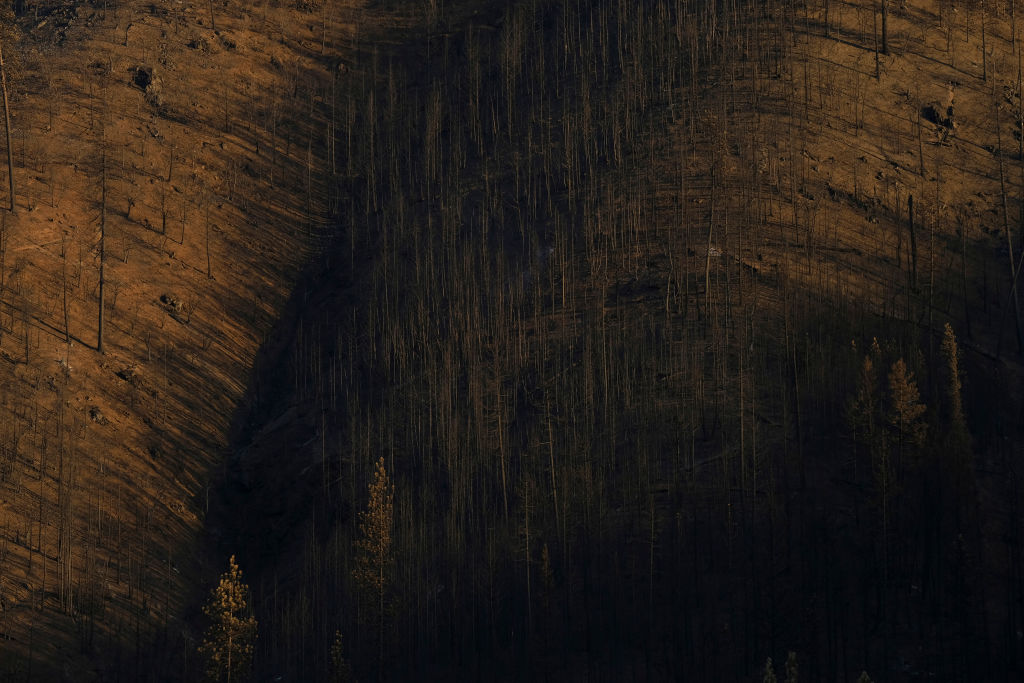
Trees burned during the McKinney Fire in the Klamath National Forest near Yreka, California, US, on Sunday, Aug. 7, 2022. Photographer: Jen Osborne/Bloomberg via Getty Images

An aerial view of smoke rising from a burning forest on August 11, 2022 in Bryagovo, Bulgaria. Over 30 fires have been reported in the last two days on the Bulgarian territory, mobilising 281 firefighters with 100 fire trucks, 40 policemen, 41 volunteers and more than 85 employees from forestry farms. Bulgaria faced a heatwave last week, with weather services issuing a red alert warning of heat waves across most of the country. (Photo by Hristo Rusev/Getty Images)
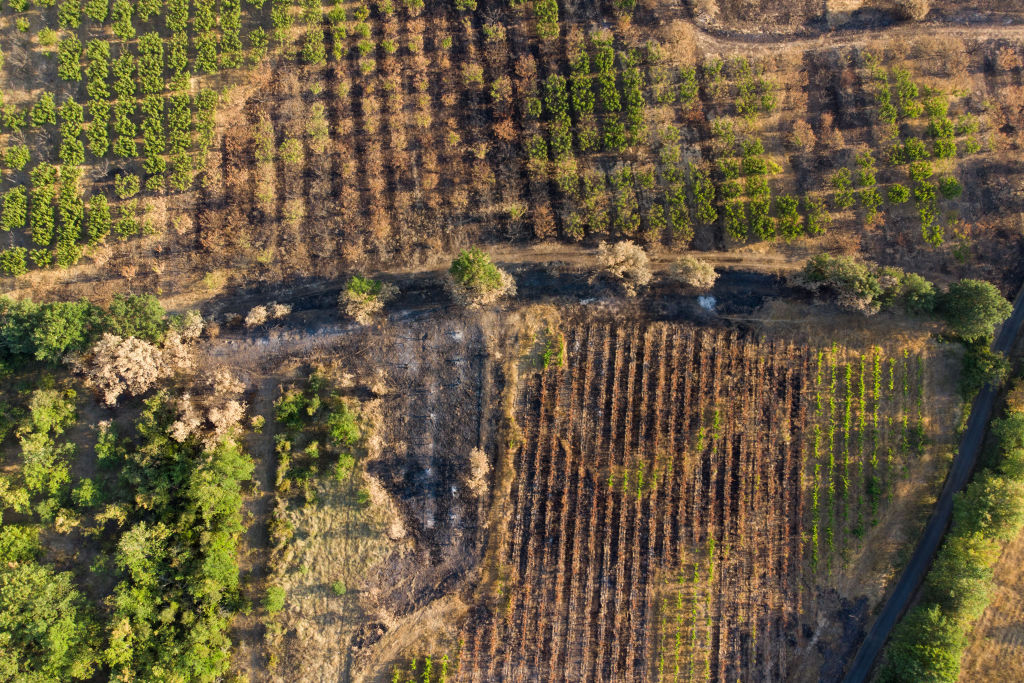
Fire-damaged Grenache grapevines, bottom, and fruit trees, at an Ad Vinum vineyard, burned during the wildfires in July, near Vallabrix, France, on Thursday, Aug. 11, 2022. France last month suffered its driest July on record and temperatures in Europe are climbing again as another heat wave sweeps the continent. Photographer: Nathan Laine/Bloomberg via Getty Images

Fire-damaged Grenache grape vines on scorched earth at an Ad Vinum vineyard, burned during the wildfires in July, near Vallabrix, France, on Thursday, Aug. 11, 2022. Photographer: Nathan Laine/Bloomberg via Getty Images
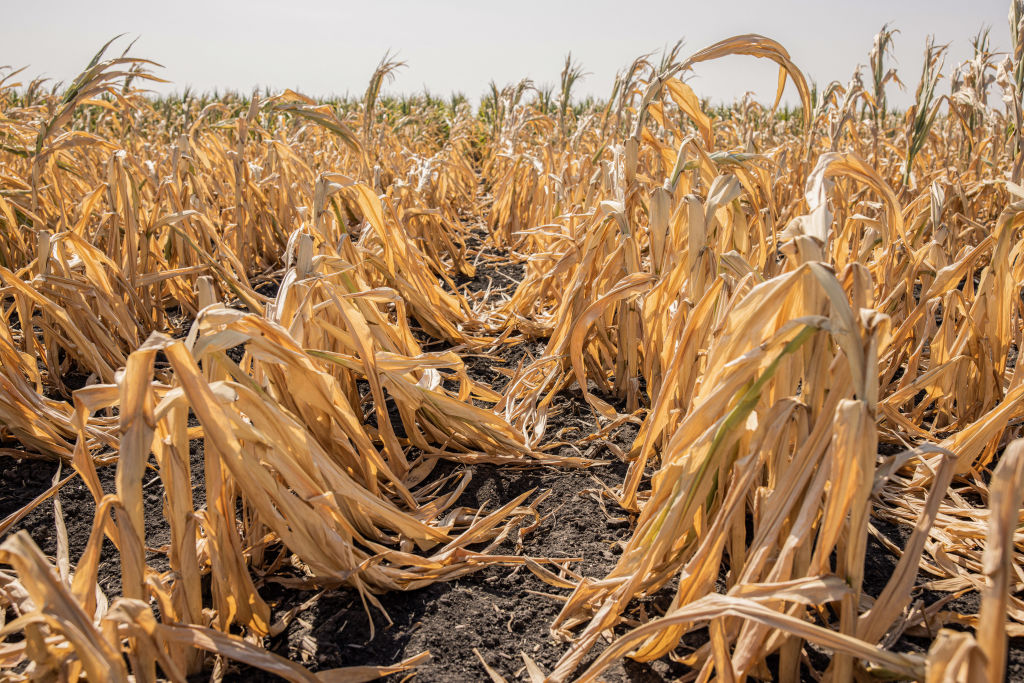
Dry corn plants in a field in Hodmezovasarhely, Hungary, on Wednesday, Aug. 3, 2022. Searing temperatures are shriveling corn crops across Europe, in the latest sign of a deepening crisis that spans everything from Rhine River transport to Spanish olive growers. Photographer: Akos Stiller/Bloomberg via Getty Images
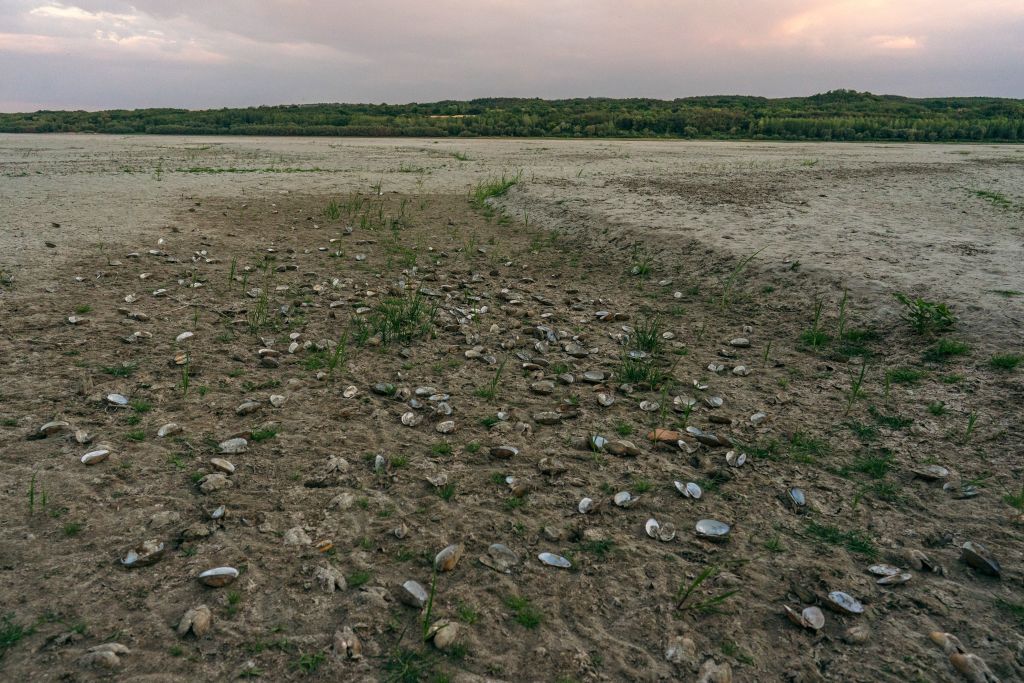
Dead mollusks lay on the Danube river bed, exposed due to low water levels caused by drought, near Zimnicea, Romania, on Tuesday, Aug. 9, 2022. The Danube, which snakes its way 1,800 miles through central Europe to the Black Sea, is critical in the Zimnicea area along the Romanian-Bulgarian border, which affects shipping to Ukraine. Photographer: Andrei Pungovschi/Bloomberg via Getty Images

Lake Mendocino during a drought in Mendocino County, California, US, on Wednesday, Aug. 10, 2022. California water prices are at an all-time high as a severe drought chokes off supplies to cities and farms across the Golden State. Photographer: David Paul Morris/Bloomberg via Getty Images
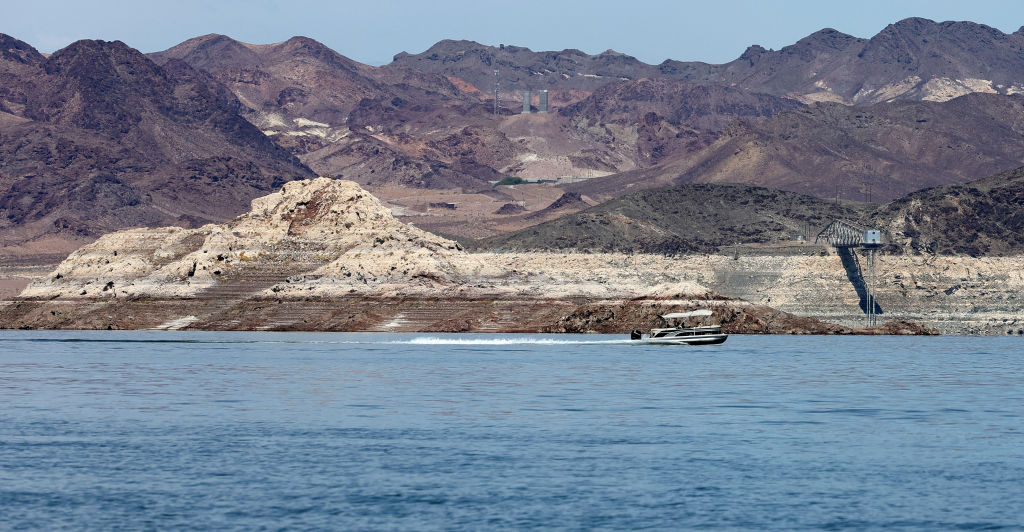
A boat cruises in Boulder Basin in front of the old Basic Management Inc. intake pipe at Saddle Island, the first-ever “straw” put into Lake Mead to bring water to Las Vegas, on July 28, 2022 in the Lake Mead National Recreation Area, Nevada. The white “bathtub ring” on the rocks is from mineral deposits left from when the area was submerged in water. In July, Lake Mead dropped to just 27 percent of its capacity, with the water level at its lowest since being filled in 1937 after the construction of the Hoover Dam as a result of a climate change-fueled megadrought coupled with increased water demands in the Southwestern United States. (Photo by Ethan Miller/Getty Images)

A boat cruises by mineral-stained rocks in The Narrows upstream of the Hoover Dam on July 28, 2022 in the Lake Mead National Recreation Area, Nevada. (Photo by Ethan Miller/Getty Images)

A general view shows UNESCO-listed buildings following heavy rainfalls in the old quarter of Sana’a, Yemen, 10 August 2022. Torrential rains have hit Yemen over the past two weeks, causing damage to dozens of buildings and roads. At least five historic multi-story tower buildings in the old quarter of Sana’a have collapsed and more than 40 others were severely damaged due to heavy rains and associated floods, according to assessments by local authorities. EPA-EFE/YAHYA ARHAB
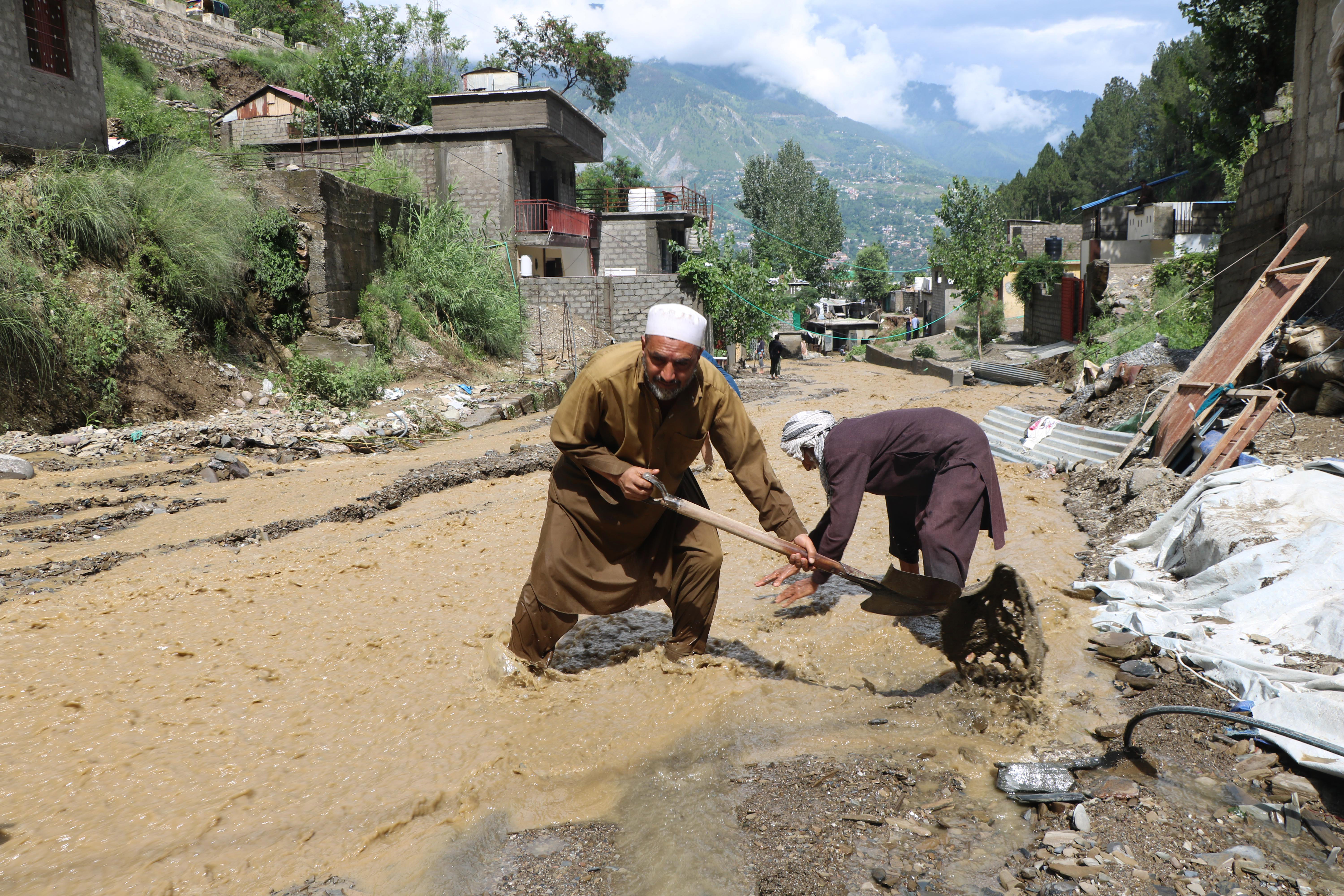
Local residents survey the damage caused by flash floods following heavy monsoon rains, in Rawlakot, Pakistani-administered Kashmir, Pakistan, 01 August 2022. At least 11 people were killed including seven children due to rains and flash floods in Pakistani-administered Kashmir since the start of the monsoon season on 14 June, according to the National Disaster Management Authority (NDMA). Pakistan ranks among the 10 countries most vulnerable to climate change. EPA-EFE/AMIRUDDIN MUGHAL
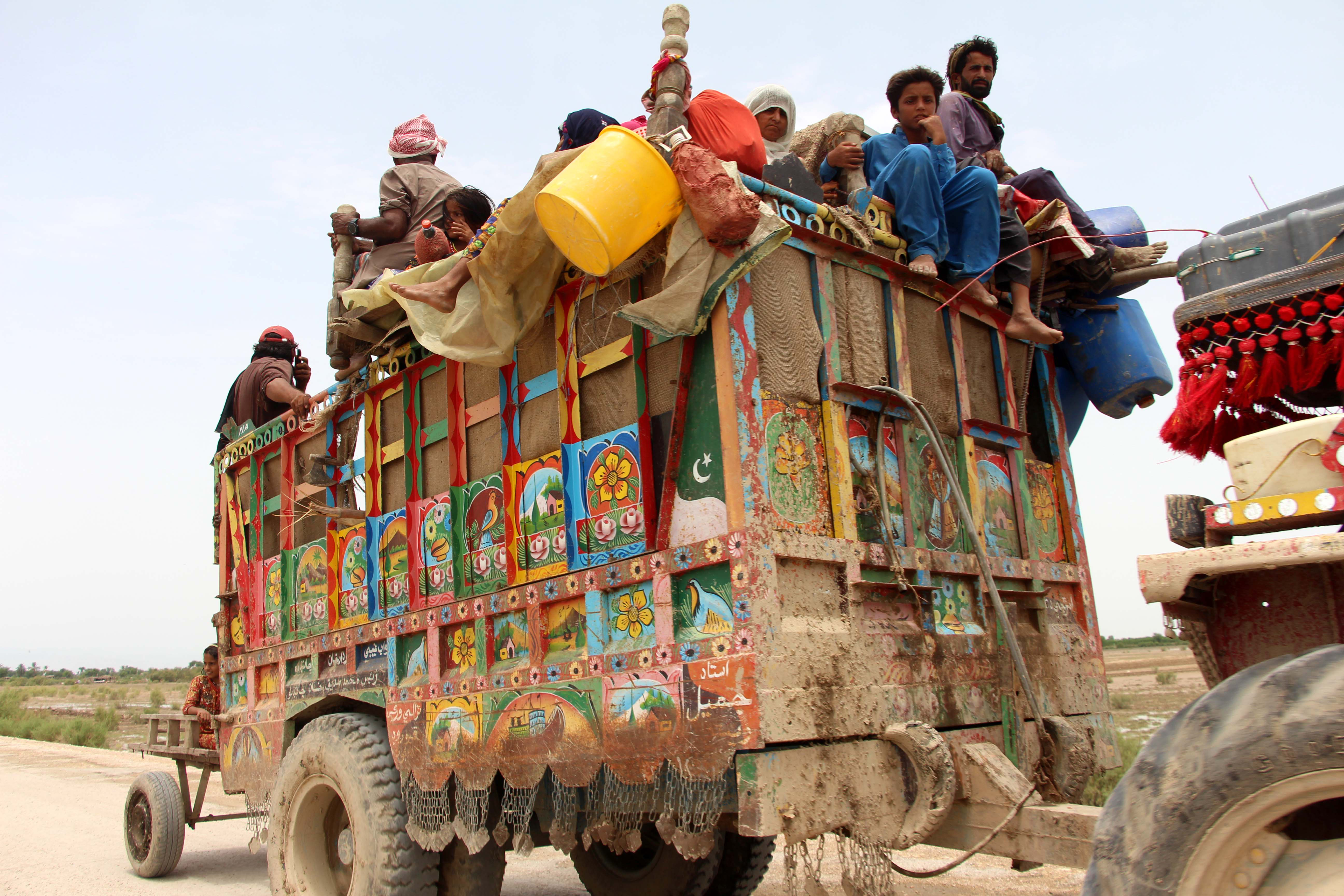
People flee the flooded areas following heavy monsoon rains in Koboh Saeed Khan, Sindh province, Pakistan, 31 July 2022. EPA-EFE/WAQAR HUSSEIN
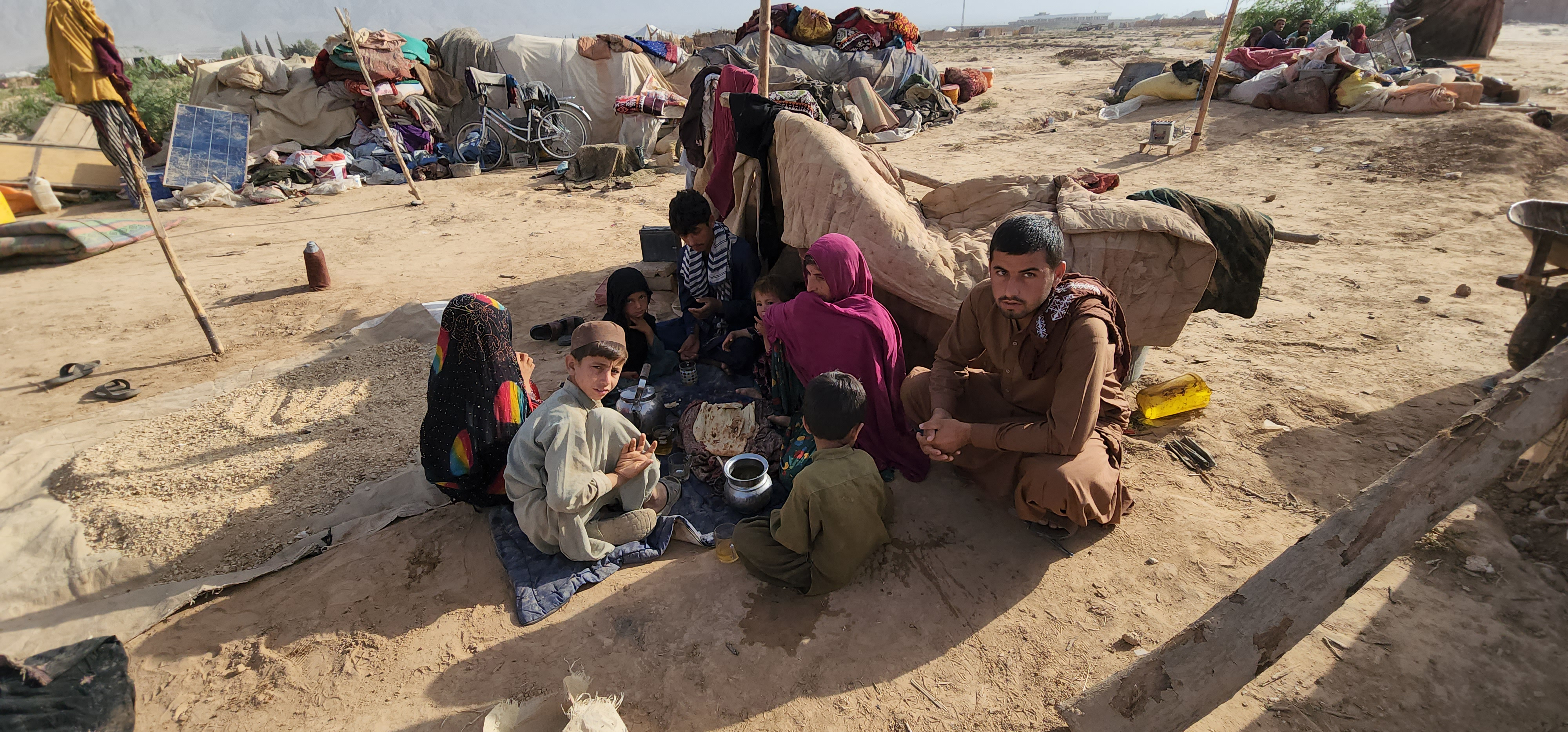
People who were displaced internally due to floods and monsoon rains live in temporary shelters, in Quetta, Pakistan, 02 August 2022. EPA-EFE/JAMAL TARAQAI
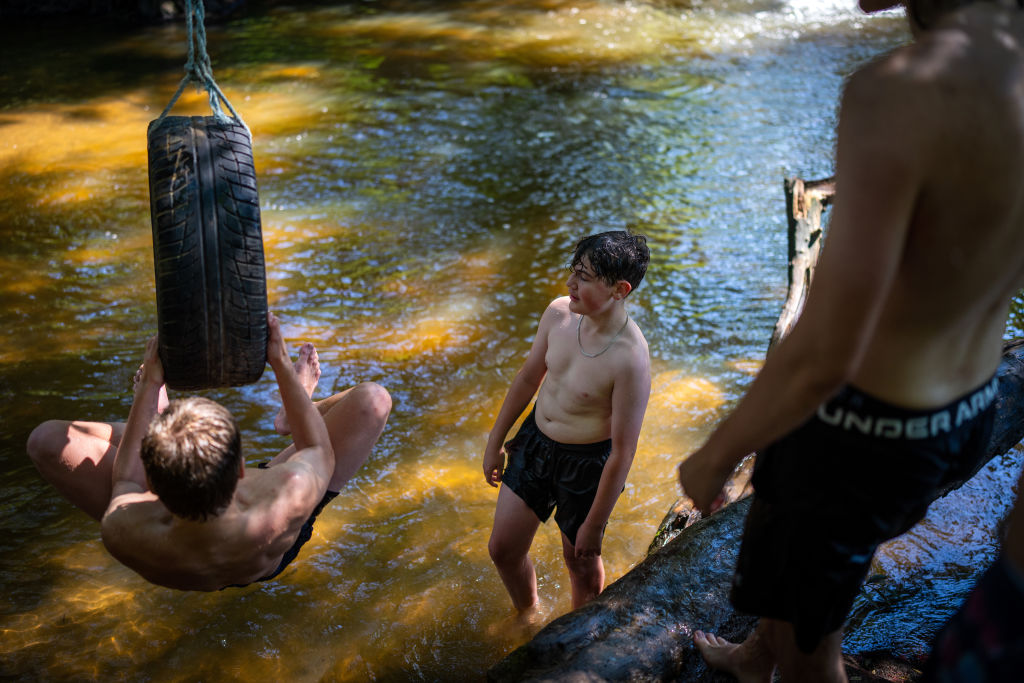
Youths cool off in the Peover Eye, a small river that meanders through the Cheshire countryside, on August 10, 2022 in Knutsford, United Kingdom. (Photo by Christopher Furlong/Getty Images)
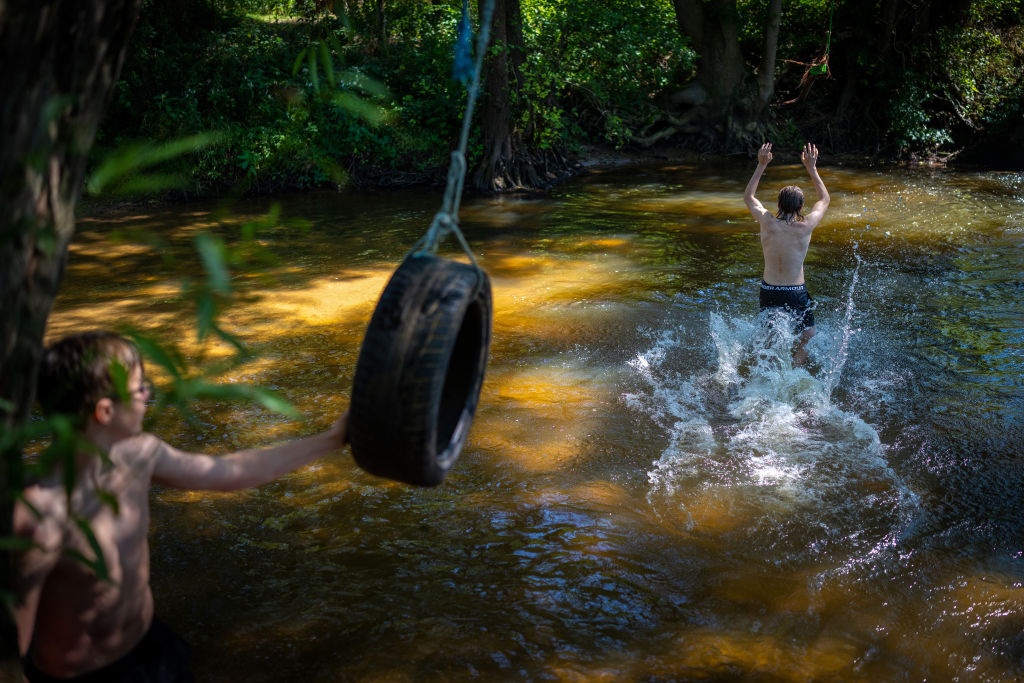
Youths cool off in the Peover Eye, a small river that meanders through the Cheshire countryside, on August 10, 2022 in Knutsford, United Kingdom. (Photo by Christopher Furlong/Getty Images)
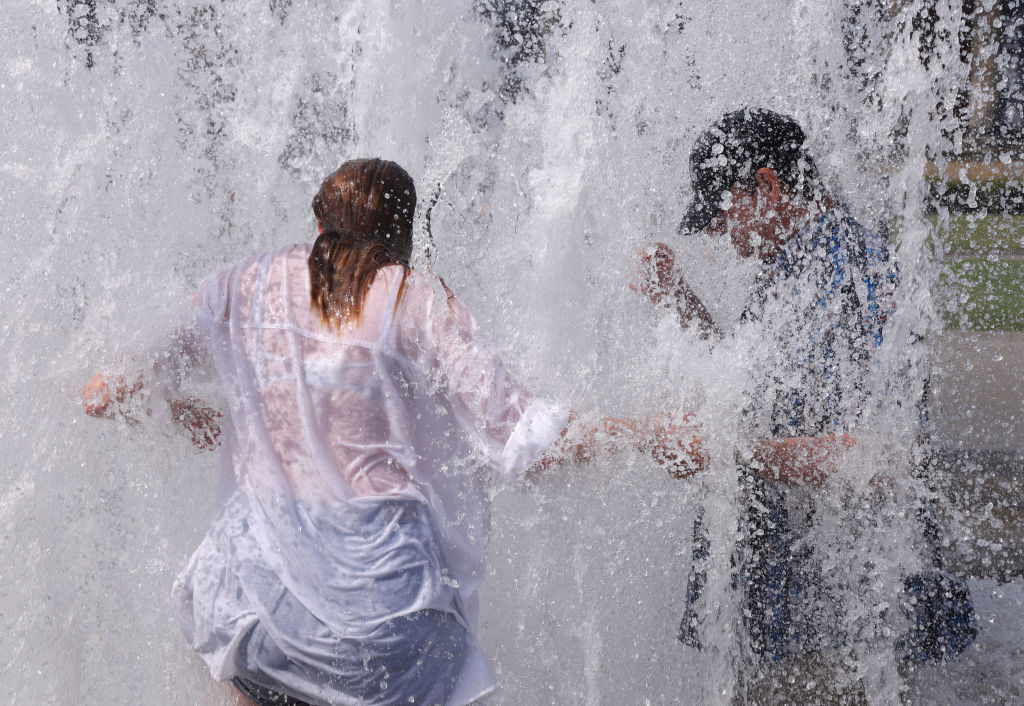
People cool off in a fountain at Lustgarten park on August 04, 2022 in Berlin, Germany. The average number of days with extreme, hot temperatures in Germany has been steadily rising over recent decades, a phenomenon scientists attribute to global warming. (Photo by Sean Gallup/Getty Images) DM/ ML
















 Become an Insider
Become an Insider
It is quite obvious that human beings are the cause of the burning planet. However, all we are fed daily and in huge quantities by the news, `experts`, politicians and a teenager from Scandinavia is what we need to do to make things better. Tons and tons of verbiage tinged with a guilt trip.
So why not champion family planning and making people aware of the real cause of this mess. Humans have become the two legged locusts of the world. There are just far too many of us and nature is unable to sustain us all. This is not rocket science. So why do we ignore this simple fact and look elsewhere for causes and solutions?
I concur fully with the comment regarding the fact that there are far too many of us locusts.
Varying and extreme weather events have been have been happening from time immemorial, the fact that we are over populated, over crowded and over developed just makes the results/effects that much worse.
Not to forget that modern communications makes people aware, and thus exaggerates such events, basically instantaneously. As an example a huge bush fire in Australia 200 years ago would hardly have been known about in Europe, letters took months to get back ‘home’.